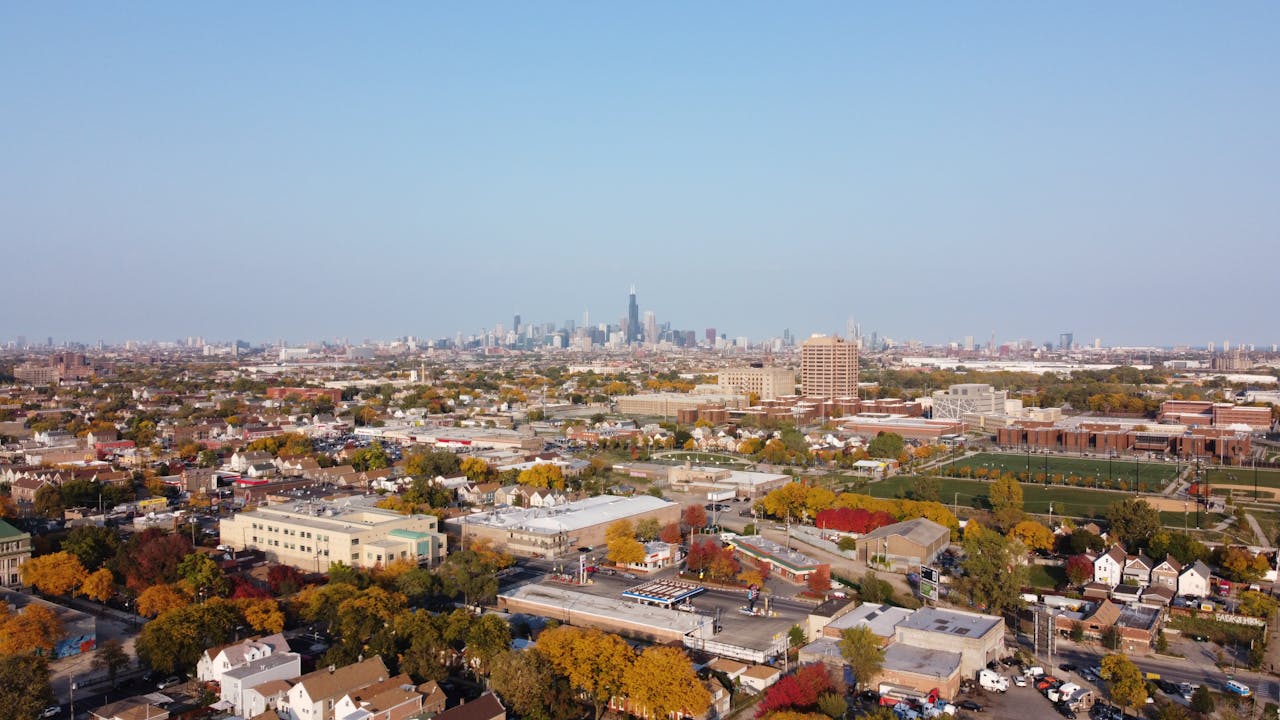
Just because construction’s busiest season is winding down doesn’t mean your building plans should be put on hold.
One of the key decisions in commercial construction is when to break ground. There are multiple advantages to getting started in autumn, even for larger commercial projects. If a building is going to take a year or two, your contractor may need to prepare for winter no matter when you start.
Benefits of Starting Construction in Fall in the Midwest
Don’t let the dwindling sound of jackhammers fool you. As long as the right circumstances come together, it can make perfect sense to get started on that facility or office building this September. In extreme climates like Illinois, early fall may even be preferable.
Consider potential benefits and desirable factors if you’re deciding whether to build in the fall:
- Avoiding heat-related construction risks: In the fall, you avoid the danger to workers that intense heat brings.
- Availability of contractors: Fall is typically considered off-peak, so some contractors and subcontractors may have more availability. This could allow for a faster start on a project and lead to better pricing.
- Lower costs on certain materials: Suppliers often discount materials to reduce inventory before winter, which can reduce your overall costs.
- Time for permit inspections: With fewer projects underway later in the year , it may be easier to line up permits and inspections.
- “Curing” the foundation properly: You’re working with a contractor who is thoroughly familiar with the climate and will use proper practices so that the foundation maintains its strength and integrity.
- Interior work can follow in cold months: You have a plan for winter – for example, shifting to interior work during colder months to keep things moving year-round.
- Milder temperatures easier on materials: The temperate climate of autumn means you don’t have to worry about the heat changing the form or chemical makeup of plastics or other building materials.
- Timing lines up with spring opening: You are planning to complete construction by spring or early summer, ideal for opening with peak business or leasing season.
- Staggered cash flow: In some cases, beginning in the fall can help a client phase project costs across multiple fiscal years in a way that benefits their budget cycles.
A Good Building Partner Matters More Than Your Timing
Codes and regulations will help ensure the structure’s efficiency and uniformity, but they are not enough to fool-proof your project. What’s most important is partnering with a contractor with a thorough understanding of how different materials and structures will react, not just to momentary conditions, but in the coming months, as well.
Read about some construction missteps in the past and what builders have learned from them.
When Should You Wait Until Spring to Build?
Too late in the year, and early snows can delay the process. When work planned for earlier in the season stalls until November, workers can be caught off guard by freezing temperatures. The last thing you want is expensive delays or a compromised foundation causing cost overruns.
A lot happens in the pre-construction phase. If the timing seems precarious, focus on planning, design, budgeting, worker safety, and coordinating information with PMs and others involved in the project. Or turn your sights to indoor renovations that aren’t dependent on the weather.
Call W. A. RANDOLPH, INC. for a Free Building Consultation
At W. A. RANDOLPH, INC., we work with clients so that projects are well-planned at any time of year. We consider it our job to inform you about what to expect, including what start and finish dates to aim for during different phases of construction.
Call our team at 847-856-0123 for a free consultation today.




